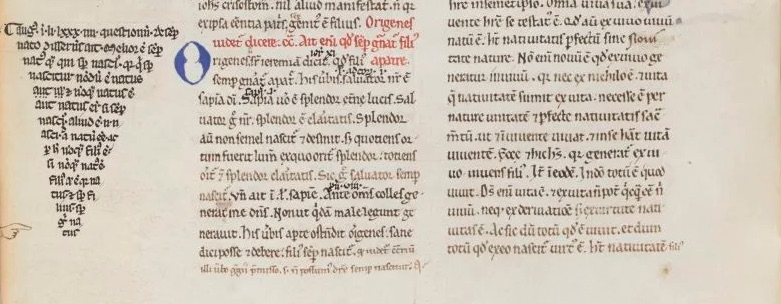
It’s interesting to know that the introduction of scholarly reading — needing to reference many different texts quickly for relevant snippets to quote from — led to changes in how text was laid out, with new features like section headings and passage markers (and those nifty typographic manicules) being added initially by readers as quick reference aides:
Amongst the medieval literate elite, there were two major methods of reading: monastic and scholastic, each divided into three ‘levels’. Monastic reading consisted of lectio / meditatio / contemplatio – that is: reading / meditation / contemplation. This method was primarily concerned with memorisation and enlightenment through repetition and deep reading (contemplation). To read this way was to know by memory and intimately understand a very few books in their entirety. […] Scholastic reading appears in the 13th century and proliferates in universities, growing in popularity throughout the late Middle Ages. It comprised of legere / disputare / praedicare, or: reading / discussing / presenting. The emphasis here was on a person’s capacity to read widely and to be able to pull choice quotes from important works to use in intellectual debates (disputatio) or lectures.
